Change of Leadership Letter Template for Effective Communication
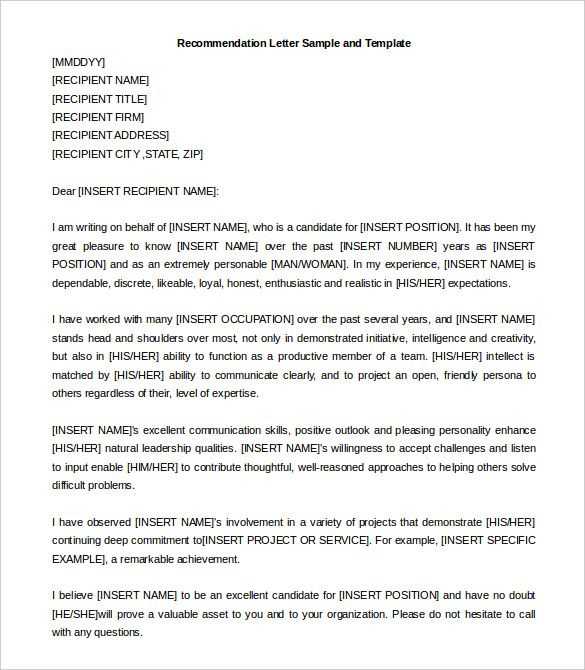
In any company or institution, when key positions change, it is essential to inform stakeholders in a professional and respectful manner. A well-crafted announcement can ensure smooth operations and maintain trust within the team. This communication serves to highlight the shift in responsibility and guide the way forward, ensuring everyone is aligned with the new direction.
Importance of Clear Communication
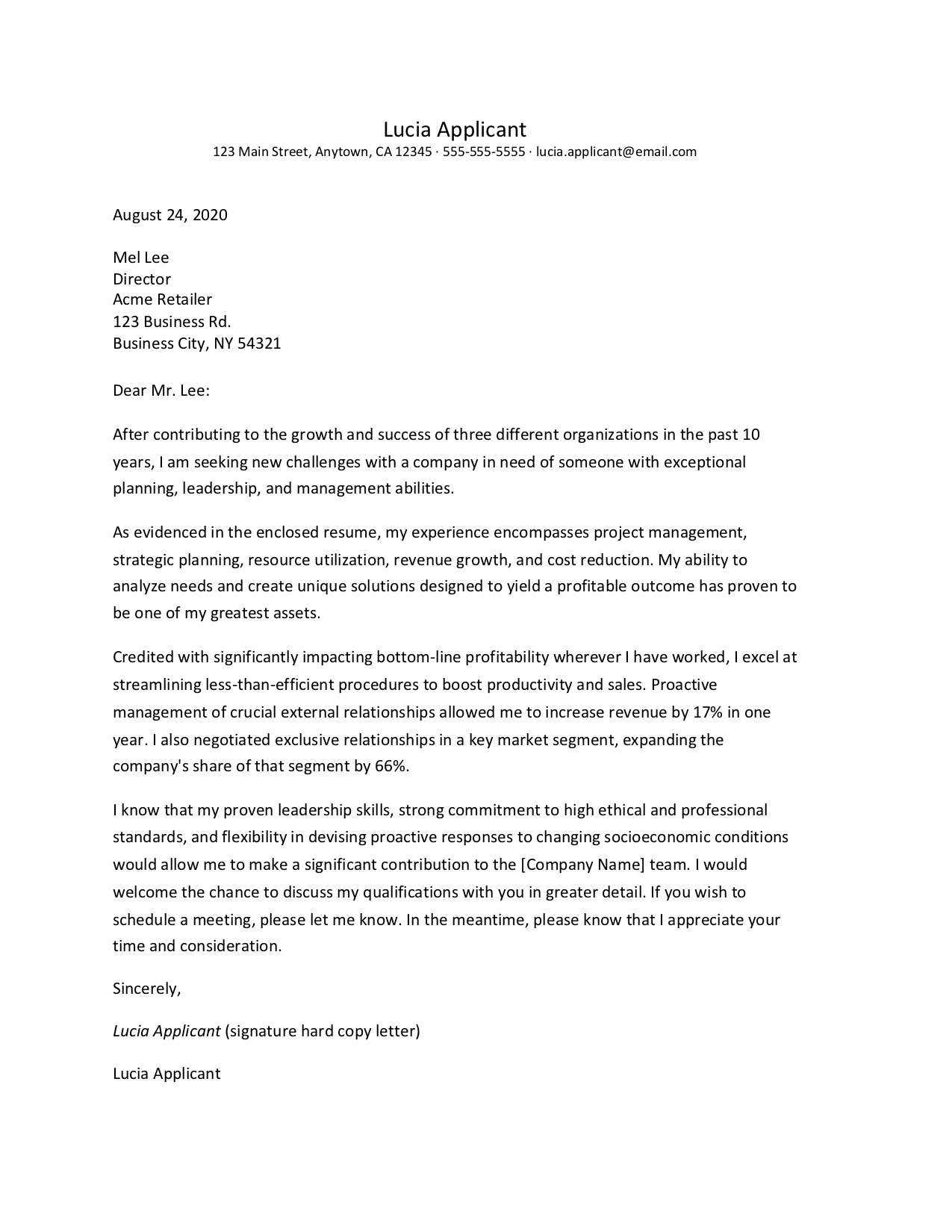
Clear and concise messaging is crucial during transitional periods. Whether it’s a new executive taking over or a change in team management, how this shift is communicated will influence both internal and external perceptions. A direct and thoughtful approach helps mitigate uncertainty and prepares everyone for upcoming changes.
Structure of a Professional Announcement
- Introduction: Begin by acknowledging the shift and providing key details such as the individual’s name and role.
- Background Information: Explain the context behind the change and any previous experience or qualifications that the new person brings.
- Future Outlook: Offer a brief overview of the next steps and how the team or organization will benefit from the transition.
- Closing: Conclude with a positive tone, expressing confidence in the future and encouraging cooperation.
Common Challenges During Transitions
Despite careful planning, organizations may face challenges when informing their teams. Common difficulties include lack of clarity, unexpected reactions, and resistance to change. Addressing these concerns early and maintaining open communication can help minimize disruptions.
Best Practices for Drafting a Professional Announcement
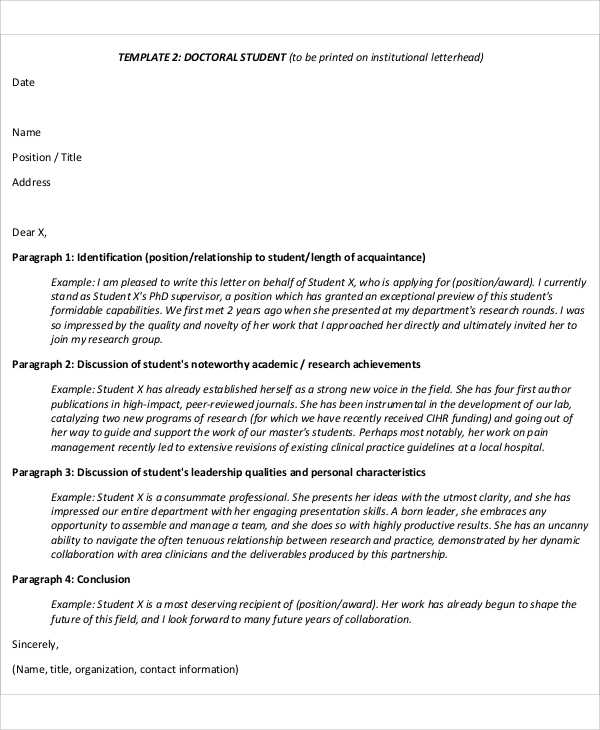
- Be Transparent: Clearly explain the reasons behind the change and what it means for the future.
- Keep It Positive: Focus on the benefits the new appointment brings to the team.
- Engage Your Audience: Acknowledge the contributions of the individual stepping down, if applicable, and encourage support for the new leader.
By adhering to these guidelines, organizations can ensure a smooth transition, foster confidence among stakeholders, and create a path toward continued success. Properly executed communication during this time lays the foundation for a harmonious future.
Understanding the Need for a Transition Announcement
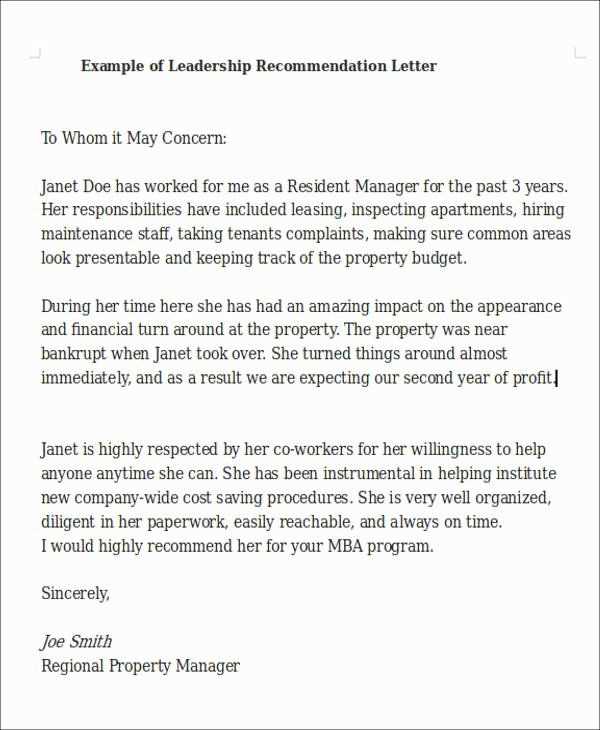
Effective communication is essential during significant shifts in organizational roles. Properly informing all relevant parties helps ensure smooth transitions and clarity. A carefully drafted message reduces uncertainty and sets expectations for the future, providing both employees and external partners with the necessary information to move forward.
How to Write a Clear Announcement
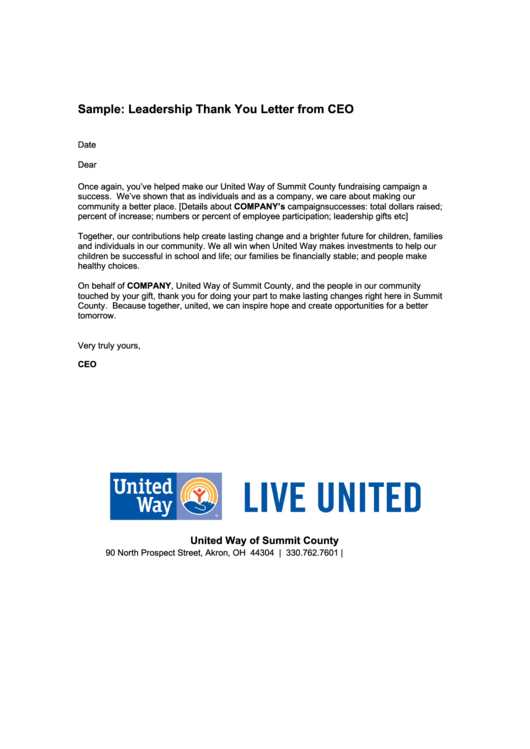
When crafting an announcement about a role change, clarity is key. Start by introducing the new person, their experience, and the reasons for their appointment. Provide clear details about what will change and how it will impact the organization. Use straightforward language and avoid ambiguity to ensure everyone fully understands the situation.
Key Elements of a Professional Message
Every message should include specific elements to ensure it’s informative and professional. Key components include the following:
- Introduction: Mention the individual’s name and their new position.
- Reason for the Shift: Briefly explain why the change is happening and what it means for the future.
- Next Steps: Outline any immediate changes or expectations that follow the transition.
- Closing Remarks: End with a positive note, expressing confidence in the future.
Tips for Crafting a Professional Tone
Maintaining professionalism is critical when announcing such a significant change. Use a respectful tone, and focus on the benefits of the transition. Acknowledge the contributions of any individuals who may be stepping down or transitioning out of the role, and emphasize the positive future outlook for the team or organization.
It’s also important to keep the tone optimistic but not overly enthusiastic, as the audience may include both supporters and those who are uncertain about the change. Balance is essential in conveying confidence while remaining grounded in reality.
Common Mistakes to Avoid
Some common pitfalls to avoid include:
- Vagueness: Being too general or unclear about the transition can leave people confused and anxious.
- Overuse of Jargon: Using technical or overly complex terms can alienate the audience.
- Disregarding Tone: A tone that feels too casual or too formal can detract from the message’s purpose.
By staying clear, respectful, and transparent, you can ensure a smooth communication process that helps everyone involved feel informed and supported.
Examples of Effective Communication
Here’s an example of a well-structured announcement:
Subject: Announcing Our New Chief Executive Officer
We are excited to announce that [New CEO Name] will be joining [Company Name] as our new Chief Executive Officer starting [Date]. With [New CEO’s] experience in [Relevant Industry/Experience], we are confident that their leadership will guide us through the next phase of growth and innovation.
We would like to thank [Outgoing CEO Name] for their years of dedicated service and the tremendous contributions made to the company. [Outgoing CEO Name] will remain with us in an advisory role during the transition period.
We look forward to the future and the continued success of our organization under [New CEO Name]’s guidance.